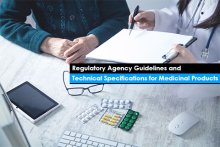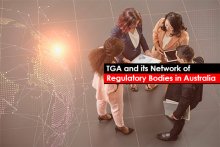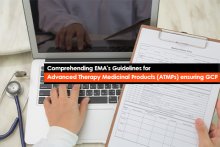Understanding the Changes: Familiarize Yourself with the Updated FDA QSR and its Alignment with ISO 13485
The United States Food and Drug Administration (US FDA) released the highly anticipated revised Quality Management System Regulation (QMSR) in February 2024. The updated regulation serves as the new set of Good Manufacturing Practices (GMP) guidelines of the US FDA for medical devices, effectively replacing the previous set of Quality System Regulations (QSR). The US FDA QMSR now aligns more closely with the ISO 13485:2016, the international standard for medical device Quality Management System (QMS).








